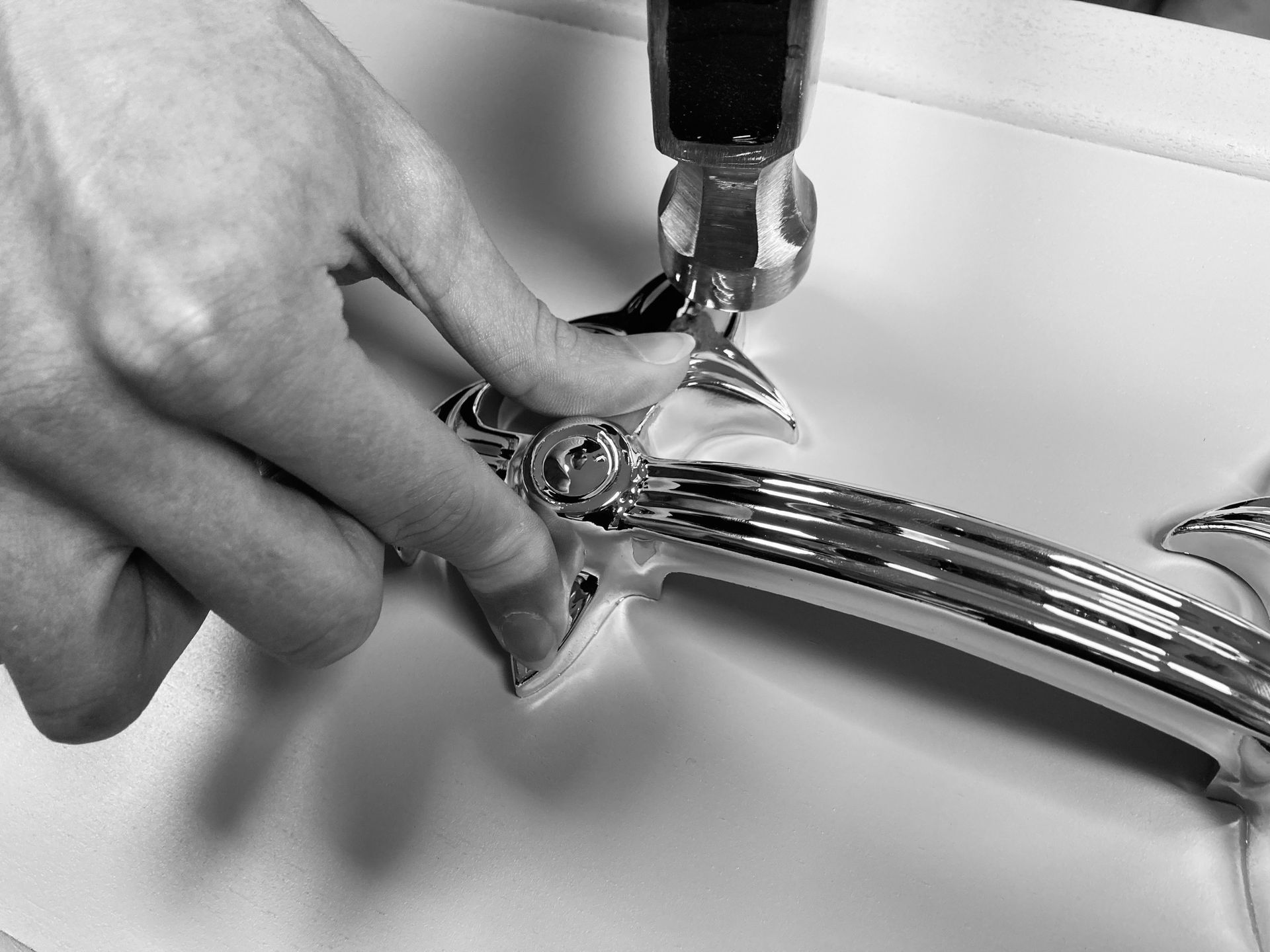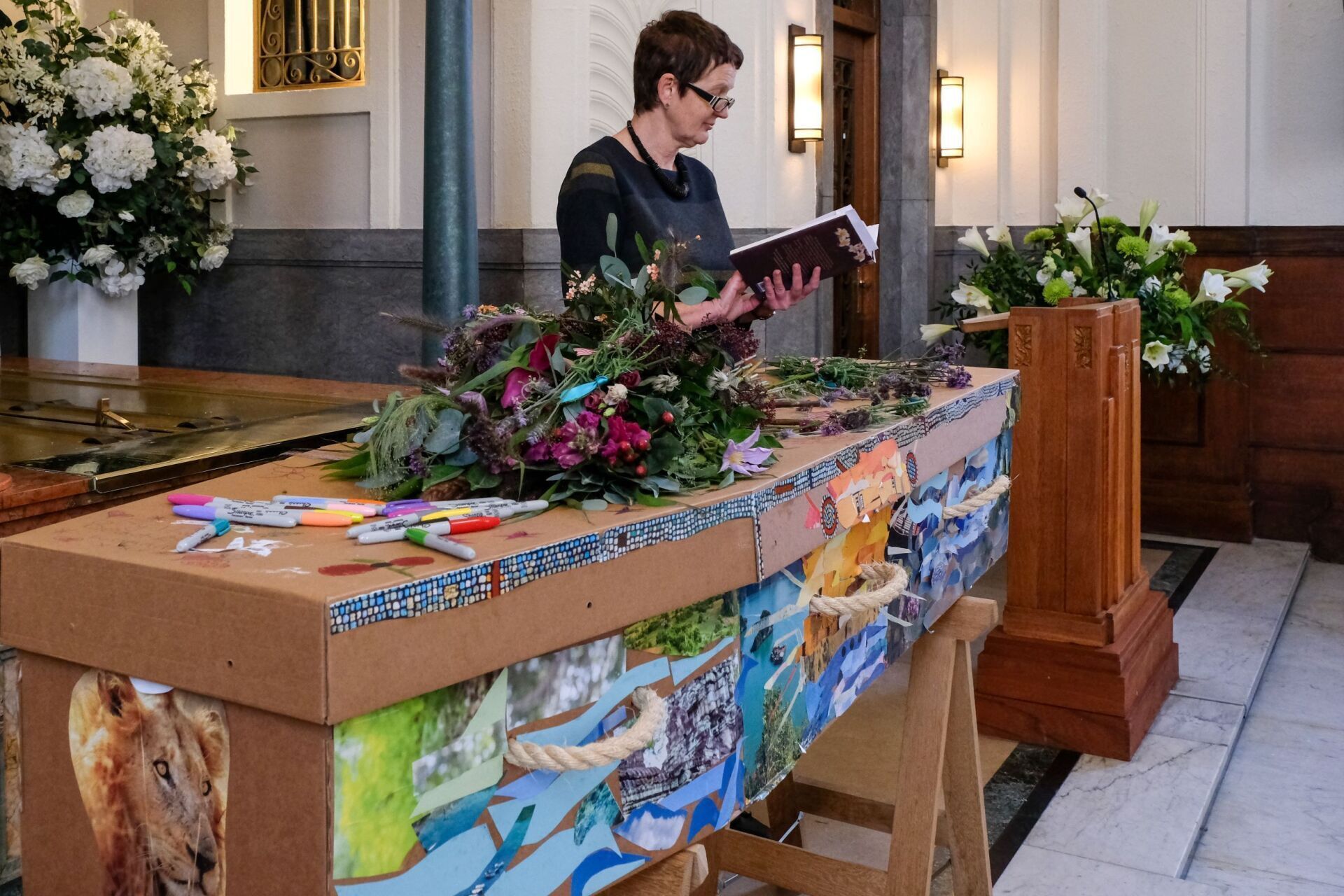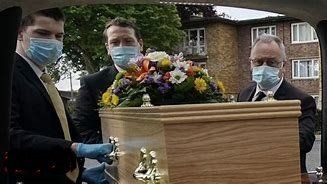Funeral Cars and Corteges

Transport of the day of a funeral
Corteges and last journeys
One of the many aspects of arranging a funeral is thinking about the logistics of the day. That is, thinking who among the family and friends will need to be where – when – and how will they get there at the different stages of the funeral. We will discuss this with you and help you think about what will work best on the day for comfort and convenience.
The traditional hearse is usually used to take the deceased with any flowers whether to church, crematorium or cemetery. If the funeral involves more than one location, the hearse will transfer them between locations. Some families may opt for an alternative hearse whether motorcycle, horse drawn or other relevant vehicle which we can assist with.
Travelling behind the hearse whether on the journey to church, crematorium or cemetery is a personal choice. We refer to a “cortege” when discussing a procession following the hearse. For many, accompanying their loved one on the final route and being right behind the hearse on this route is an important part of the funeral process. Others however may find this just too difficult a journey or of less significance and therefore opt to meet the hearse at the relevant venue. Perhaps even arriving after the hearse, by which time the coffin has already been set in place at the crematorium.
Our seven seat fully valeted chauffeur driven Jaguar limousines are often used to transport the nearest and dearest family or friends, whether or not following the hearse. We would collect the family from home, or as arranged, and our cars will be available by arrangement for as much as the funeral duration as required.
Traveling together as a family relieves anyone of the pressure of driving on an already difficult day. We will take you to the door – no need to think about arriving on time, which route or parking. Following the ceremony, our chauffer driven cars are then available when you are ready to take you either back home, or to the funeral reception if there is one. Where a return journey is requested following the reception, we need to discuss and schedule this as part of our arrangements.
For many families, there is a simplicity and less formality about taking their own cars. If this is your wish, that is absolutely fine. Our limousines are provided individually as required (or not) rather than as part of any set package. Where we are asked for additional limousines, we are usually able to hire additional fleet.
Generally friends, extended family and colleagues etc will make their own travel plans for the funeral. Occasionally a bus might be laid on if for example there is a distance for a group to travel together, or a very large family all of whom wish to travel together.
We are often asked if traveling as a cortege to journey past a significant location, perhaps the deceased’s home or former home, a place of interest or work. Especially during COVID when funerals were restricted, we often found the cortege would be arranged to travel passed certain points where those unable to attend the funeral could pay their respects.
As with all aspects of funeral arrangements, we will discuss these points when we meet. You may well know clearly what will work best for you. These are personal choices so we can’t or won’t tell you what will be best for your situation, but hopefully we can help you think through the various considerations and ensure that as with every aspect of the funeral, transport is planned in the most suitable way for you.









